
How to build a low-cost DIY pension.
Take control of your retirement savings with a self-invested personal pension.
A SIPP (self-invested personal pension) is where you get to decide where your retirement savings are invested. You can choose to make all the investment decisions yourself, or pick from a smaller range of options where the experts handle things for you. A SIPP is a great way to take more control over your retirement planning and savings, and they’re not as scary as you might think!
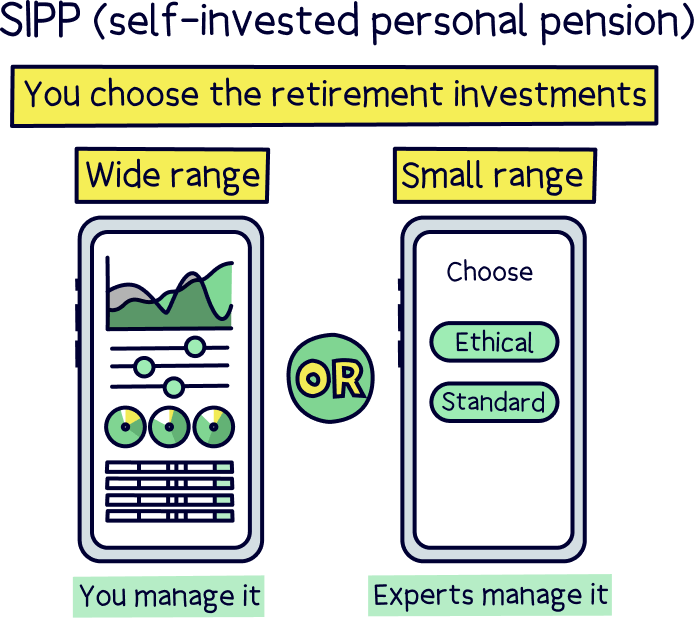
Find the right SIPP for you by comparing more providers.
Compare SIPPs
Manage your own pension investments or let the experts handle things

Great for combining old work pensions together

Can be low cost

A great way to boost overall retirement savings

Popular option for self-employed people to manage their pension

Save up to your total salary, or £60,000 per year

Start withdrawing from age 55 (57 from 2028)
A self-invested personal pension (SIPP for short) is a pension that’s all yours (personal to you), one that you look after, decide how much money to pay into it, which pension provider to use, and which investments to make. And ultimately when you’d like to withdraw from it (as long as you’re over 55 (57 from 2028)).
They are a great way to build a nice big retirement income for you later in life. It’s different to the pension you may get from the government when you retire (which is called the State Pension), and it’s different to a pension your employer sets up for you (if you’re employed), called a workplace pension.
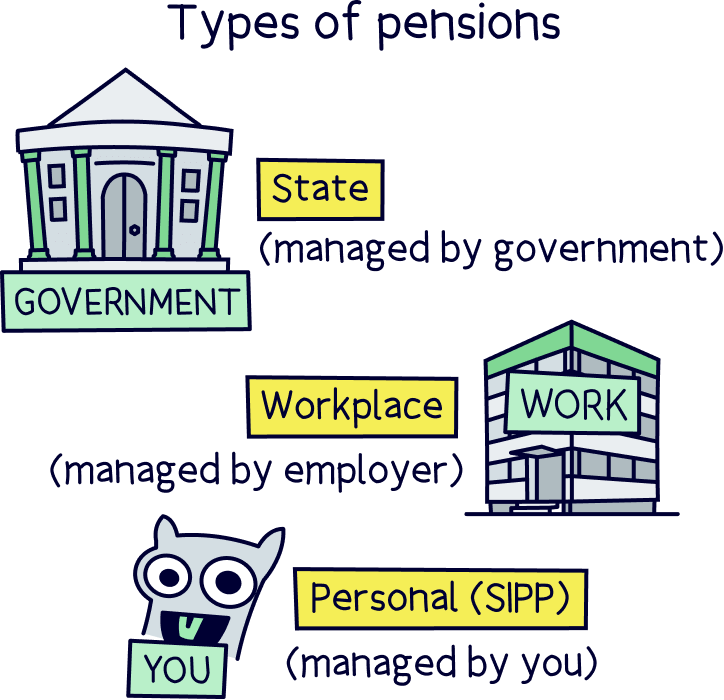
A SIPP is technically a type of private pension, which simply means it’s not the government pension, it’s a pension all in your name (private to you), which you look after, and decide things like how much to add to it (a workplace pension is also a private pension).
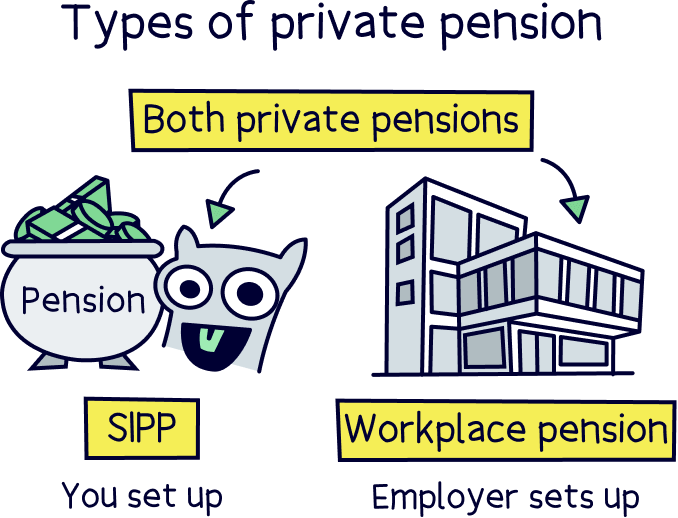
SIPPs are often used alongside a pension from work (if you are employed), to boost retirement savings. For instance if you have maxed out your workplace pension contributions to the point where your employer won’t add any extra cash if you do, then it can often make sense to save more into a pension you control, a SIPP.
Note: if you’re self-employed, you’ll need to manage your own pension, they are super popular, and pretty much your only pension option. More about self-employed pensions.
Did you know? You can also move old work pensions over to a SIPP to manage all your retirement savings in one place.
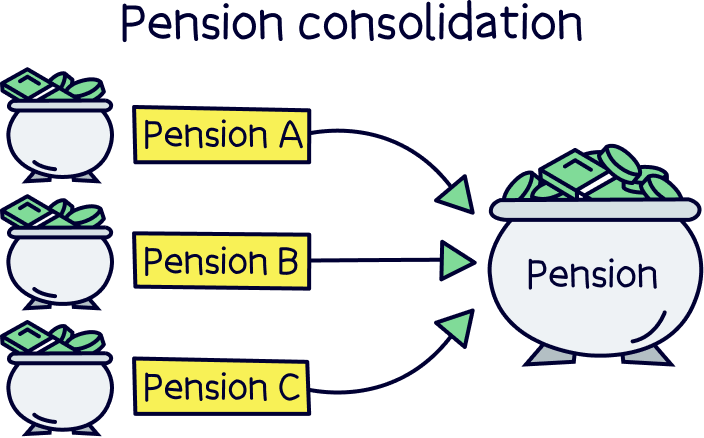
With a SIPP, you’ll get all the typical pension benefits (which we’ll cover in more detail below), such as contributions being tax-free (you’ll automatically get a whopping 25% bonus from the government on everything you put in to refund 20% tax, and you can claim back 40% or 45% tax if you pay it).
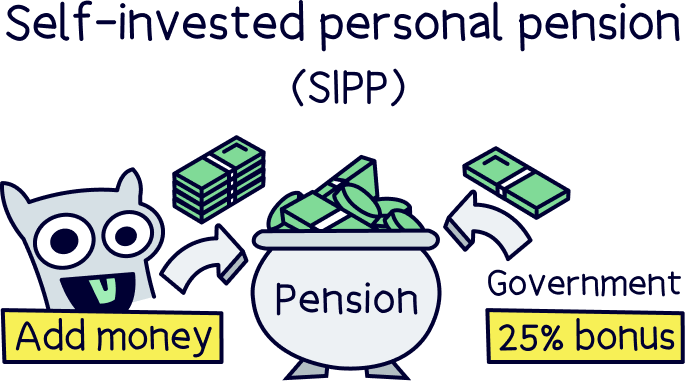
You can start withdrawing from age 55 (57 from 2028). And your money will grow tax-free too, so it can grow much larger over time (you’ll likely pay tax when you withdraw from it).
Although they may seem complicated, a SIPP is a type of savings account for your retirement, where the money you add is usually invested (like with most pensions). Everything in that account, such as your money and investments get all the benefits of being inside a pension, such as no tax to pay as it grows, and tax relief on the money you add.
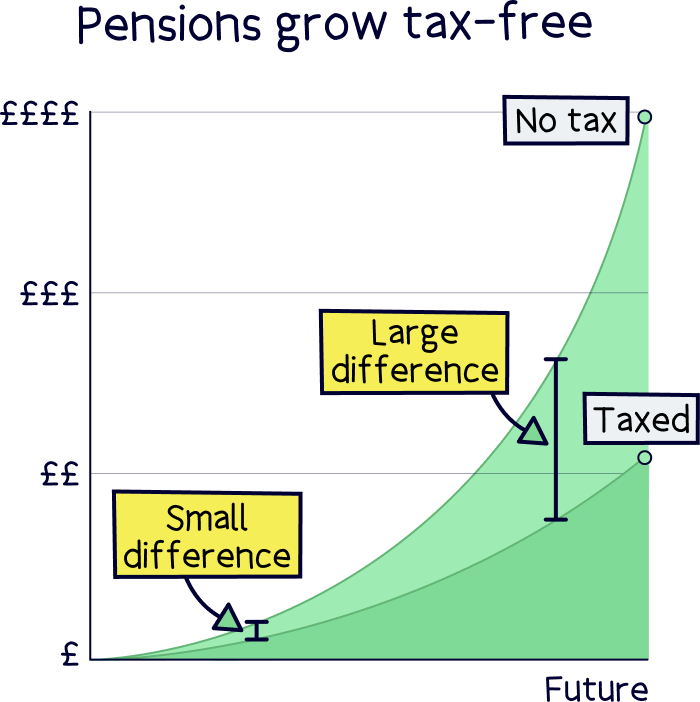
The government loves to collect tax, but has allowed pensions to have tax benefits to incentivise people in the UK to save more for their retirement (so everyone isn't relying on them when they are too old to work).
Just like saving accounts, there's lots of different versions of SIPPs as each provider (a company that offers pensions), can offer their customers a range of options, such as only providing a limited amount of investments, or they could offer a huge range of investments – it all depends on what services and investments the investment platform (SIPP provider) actually offers.
SIPPs are usually split into two categories, which are self-managed SIPP providers and expert-managed SIPP providers…
Where you make your own investment decisions from a wide range of investments (such as what stocks and shares and investment funds to purchase – explained below). These are often called investment platforms.
Find the right self-managed SIPP for you.
Where you let the experts handle the investments within your SIPP, and you simply add money as and when you like until retirement. These are typically the best option if you aren’t experienced with investing.
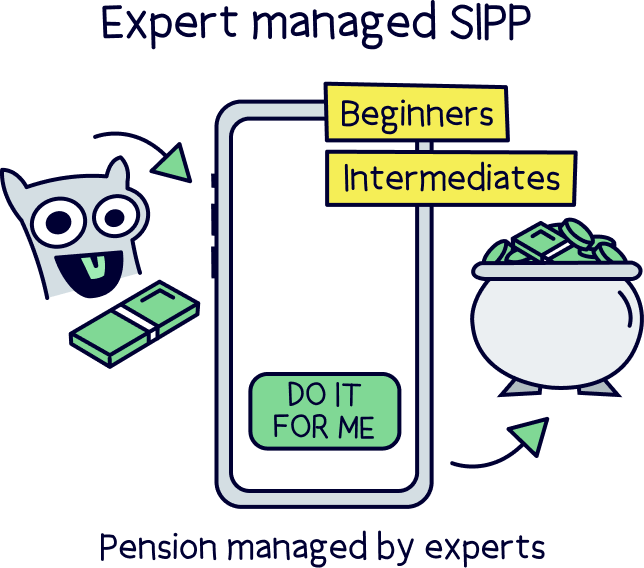
Note: these can often be called ‘robo-advisors’ although that term is fairly outdated now. It was a reference to using technology (such as an app) to set and manage things up, rather than a human like a financial advisor. Most modern pension providers have an app now.
Find the right expert-managed SIPP for you.
If you’re self-employed, a SIPP is pretty much your only pension option to save for retirement, but is a great option. You don’t need to be an expert in investing, you can simply let the experts handle that side of things (see our top pick just above), and you simply add money as and when you like.
There’s one thing to be conscious of, and that’s whether you are a sole trader or working under a limited company…
If you’re a sole trader, which means working under your own name, rather than an official limited company, you have a wide range of SIPP options to choose from, as you’ll be paying in directly from your own personal bank account – so you can essentially pick any SIPP you like.
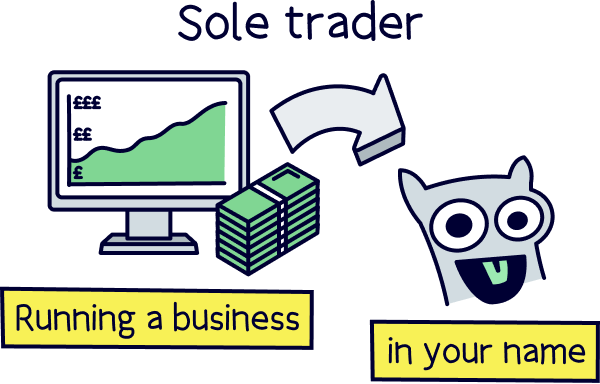
Learn more about this with our guide to pensions for sole traders.
If you’re a limited company director, you can save directly into your own SIPP using your company bank account by making ‘employer contributions’. This is a great option as your pension contributions count as a business expense, which means you save on corporation tax too (saving between 19% and 25% extra).
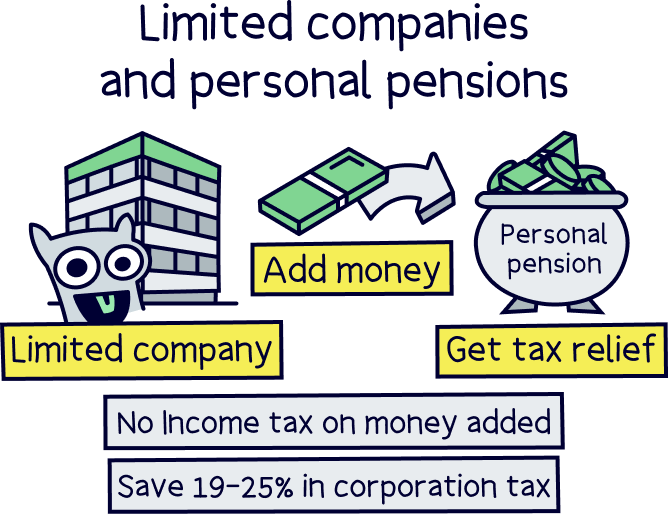
You also have the option to save from your own bank account too, just like a sole trader, but you won’t be able to save on corporation tax.
However, the range of SIPPs is smaller, as you’ll need to use a pension provider that allows employer contributions.
And with employer contributions, there’s no rule about only saving as much as you pay yourself, meaning you can save up to £60,000 per year into your pension.
Learn more about this with our guide to pensions for limited company directors.
Keen to get saving within a SIPP? Good decision! It’s a great way to build a comfortable life in retirement – hopefully meaning no money worries, and no stress (except maybe which holiday to go on).
You can open as many SIPPs as you want, so you could actually have a personal pension managed by the experts, and a SIPP that holds some investments that you’d like to make yourself. Although don’t open too many, or you may lose track, remember all those lost pensions out there! We typically recommend having one to manage all of your retirement savings.
Opening a SIPP, and transferring any old pensions you have is easy too – if you choose the right one, your new provider will handle pretty much everything. The only hard part is finding the best one for you.
And that’s where we come in, we’ve already done the research to find the best options for you. Here’s where to compare all the top SIPPs, or check out our top picks below.
A SIPP follows the same rules as all other private pensions, such as your pension from work – you can’t access your cash until you’re 55 (57 from 2028). Which is the official pension withdrawal age.
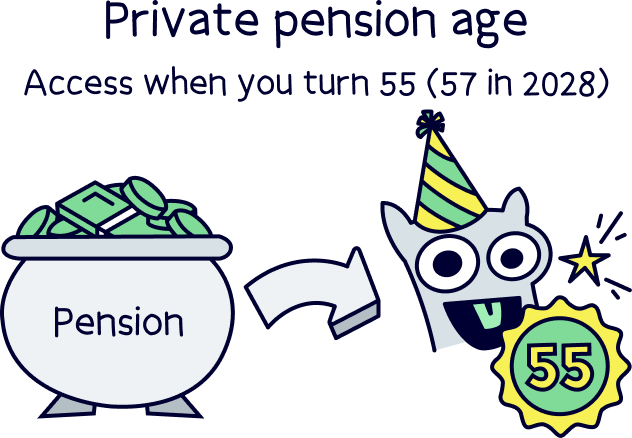
However, we recommend that you keep it invested for as long as possible so it grows even bigger over time! You can take money out as and when you like, if you need to.
Note: once you start withdrawing cash from your pension pot, you normally won’t be able to add as much money back in as normal. Your allowance reduces from £60,000, or your total annual income, to £10,000 per year. This is called the Money Purchase Annual Allowance (MPAA).
When you retire, or decide you want to start withdrawing from your pension (from age 55), you can take 25% out as a tax-free lump sum if you want to. Sometimes people do this to pay off the rest of their mortgage if they have one.
You don’t have to though, and if you don’t, 25% will still be tax-free, and you could take a regular income with 25% of each payment tax-free. Or, in various other ways, 25% will still be tax-free.
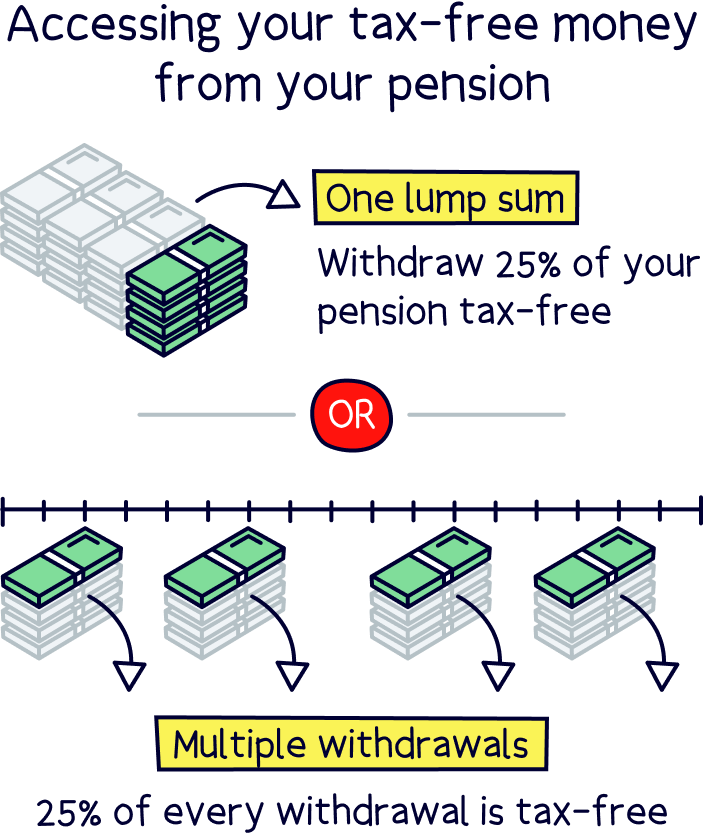
The remaining 75% will be eligible for tax, and how much you’ll pay will depend on your income and the tax rules at the time. The tax is income tax, which is the same tax as your salary now.
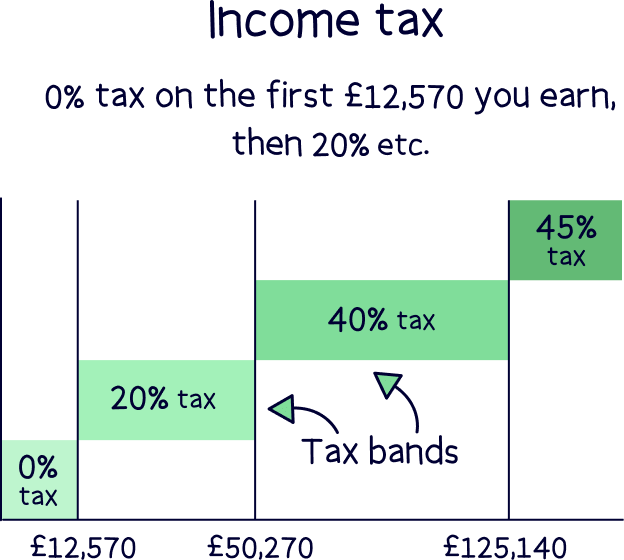
There’s two main options for retirement, you can either keep your money invested (often in lower risk investments) so it keeps growing over time and simply withdraw a regular amount from it each month, which is called drawdown.
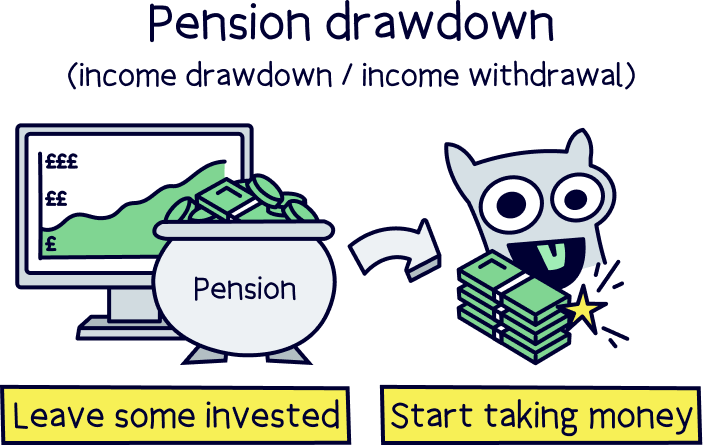
Or, you can use the whole amount (or any partial amount such as 75%) to buy an annuity – this gives you a guaranteed income every month for the rest of your life, or a set period of time, such as 20 years.
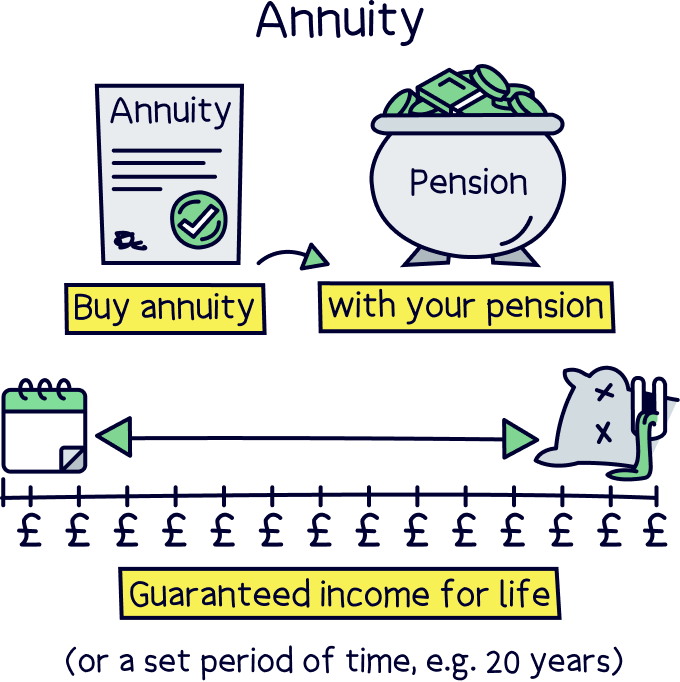
The choice is yours! And most pension providers will explain all your options when the time comes, but you could also speak to a financial advisor too, and get a free advice appointment with Pension Wise.
Yep! All pensions, including SIPPs, are very safe to open and use. In the UK they are looked after by the Financial Conduct Authority (FCA), who are responsible for making sure investment companies are themselves looking after their customers and their money.
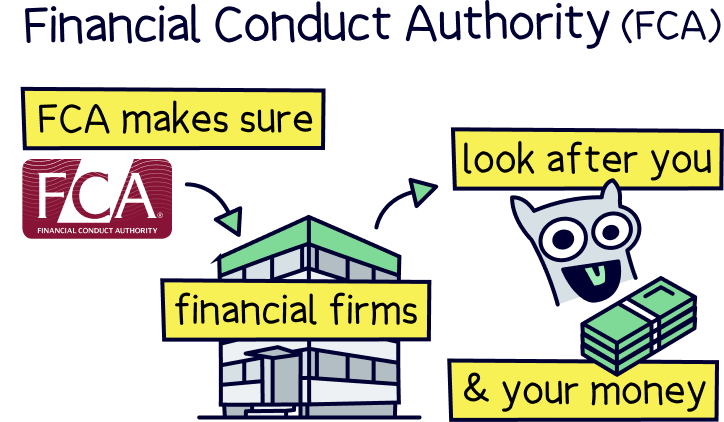
Pension companies need to be authorised by the FCA and are regularly reviewed to make sure they are operating correctly.
This also means your money is protected by the Financial Services Compensation Scheme (FSCS), which can provide compensation up to £85,000 should a pension provider, such as an investment platform going out of business, and not be able to return some of your money (if they were holding some of your cash).
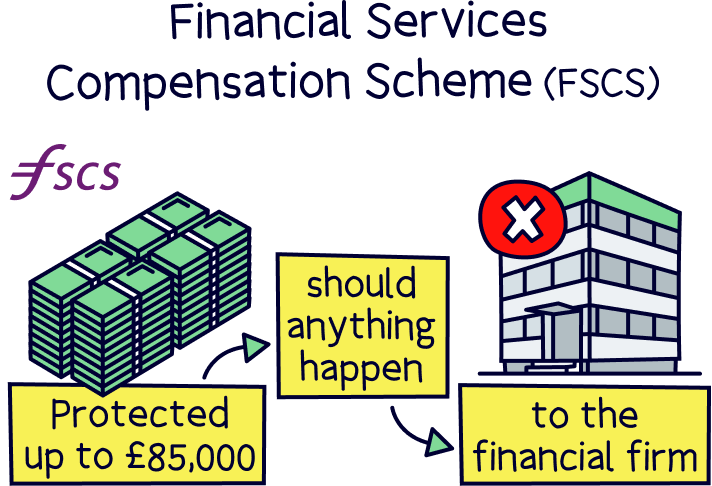
However this is a very last resort, your money and investments are held within your SIPP, typically with a separate bank to your pension company, all in your name, and can only be returned to you.
Compare all the top providers to find the right one for you.